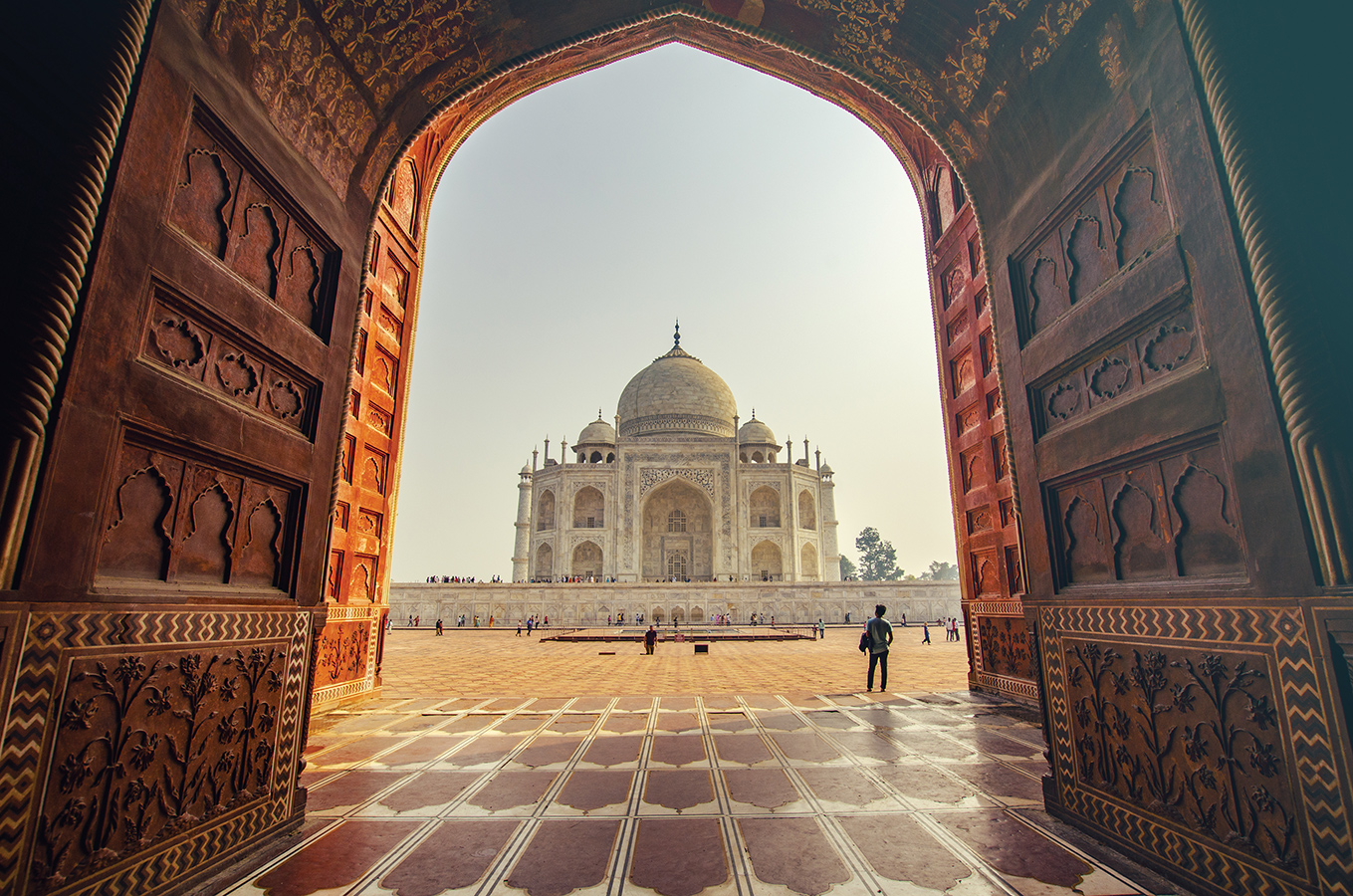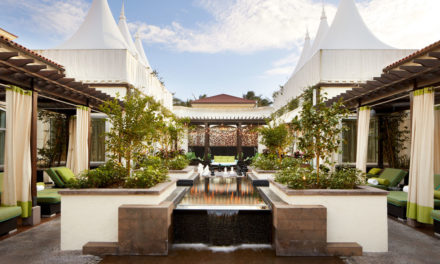
Tourist trap or set of the world’s greatest love story?
The Taj Mahal may be hailed as one of the seven wonders of the world, but for people like me who swoon over a good romcom, it’s the set of one of the world’s greatest love stories
If there’s one place on Earth that’s always been on the top of my travel bucket list, it’s India. So in January 2023, when India’s online e-visa system became available once again to foreigners after being suspended during the pandemic, I finally made the pilgrimage.
I’d always hailed the Taj Mahal, based in the city of Agra in the State of Uttar Pradesh, as a must-do, but suddenly I had my doubts. Would it be as impressive in person? Would it be overwhelmingly overcrowded? Ultimately, was it worth it?
Navigating Agra
I’d been warned that Agra itself is nothing special, so planned an overnight stay, followed by a visit to the Taj Mahal the next morning, before heading off to Jaipur.
Despite this, I was delighted to discover the charming Coral Court Homestay, where I was greeted with smiles and steaming cups of chai. The room was clean and simple, decorated with handmade textiles and a heater for the chilly winter nights.
Coral Court’s comforting, family-style dinner provided relief from the bustling, narrow streets of Agra.
The hosts kindly booked us an official English-speaking guide, for which we paid 1,500 rupees, on top of the entrance fee which is currently 1,100 rupees for foreigners.
An epic love story
After moving quickly through security and the ticket queue, where I received bottled water and shoe covers, Vishal – my guide – led me to the South entrance. He stopped in front of the looming sandstone gateway to tell the epic story of the Taj Mahal.
Built between 1631-1653 on the banks of the Yamuna River, the Taj Mahal was the brainchild of the Mughal Emperor, Shah Jahan. Though he married three times, Shah Jahan’s one true love was Mumtaz Mahal, his third wife.
After she died in childbirth, he dedicated 22 years of his life to building a mausoleum for her tomb, topped by a dome of shining white marble that gradually alters in color as the daylight changes.
I’d seen plenty of pictures of the Taj Mahal, but what struck me was the incredible level of detail close-up, from metallic geometric patterns to delicate Arabic calligraphy, to slabs of marble embedded with precious gems and floral motifs.
It’s said that over 20,000 workers were employed from India, Persia, the Ottoman Empire and Europe to complete the ultimate labour of love.
Shah Jahan’s mission for the entire Taj Mahal complex was to create absolute symmetry – in fact, legend says he intended to build another mausoleum (made of black marble) directly across the river to house his own remains.
However, his plans were thwarted in 1658 when he was deposed by his son Aurangzeb and imprisoned for the rest of his life in Agra Fort, where he looked out at the Taj Mahal every day through a single window.
Years later when he died, his daughter buried him in a tragically off-centre tomb next to his wife. Despite this slight imperfection, the Taj Mahal – and the equally ornate mosques and gardens surrounding it – was truly breathtaking.
So, is the Taj Mahal worth it?
Absolutely. The Taj Mahal may be hailed as one of the seven wonders of the world, but for people like me who swoon over a good romcom, it’s the set of one of the world’s greatest love stories.
It’s the site of a romance that has continued long past Shah Jahan’s death – to this day, the Taj Mahal shuts every Friday so local craftsmen can conserve its beauty. In a country that fills your senses to the brim with noise, colors and smells, the Taj Mahal is a welcome break of enchanting stories and serenity.






